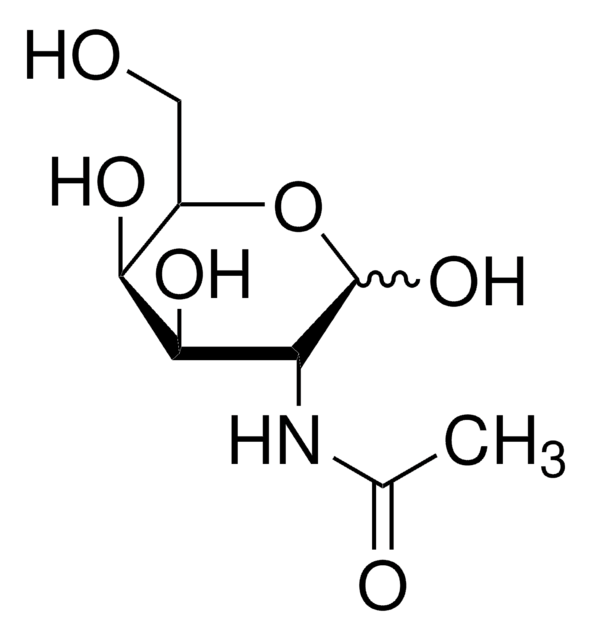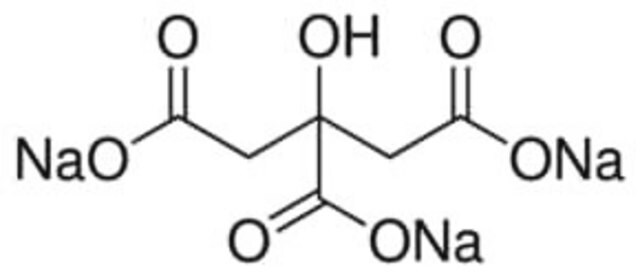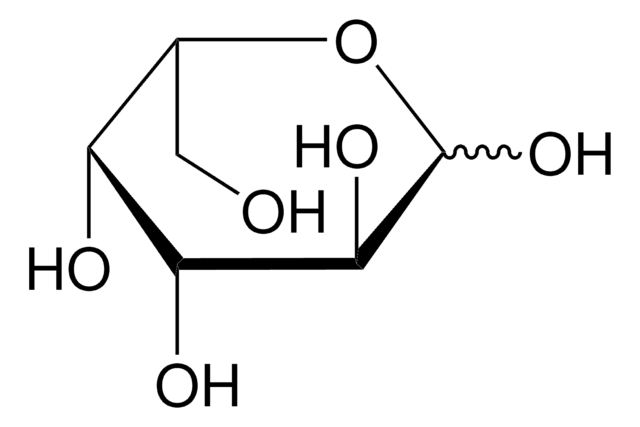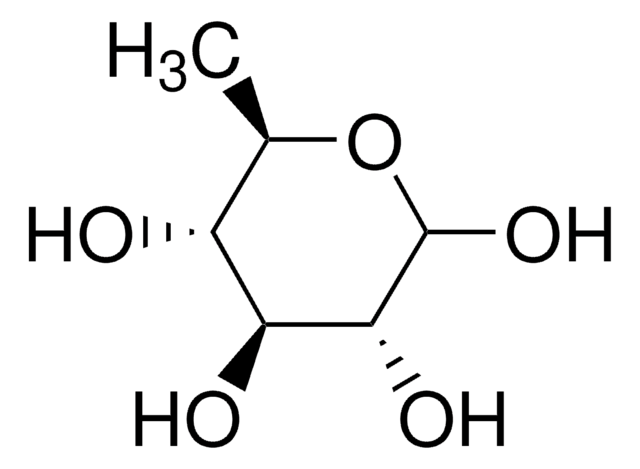F2252
L-(−)-Fucose
≥98% (GC)
Synonym(s):
6-Deoxy-L-galactose
About This Item
Recommended Products
Quality Level
Assay
≥98% (GC)
form
powder
technique(s)
gas chromatography (GC): suitable
color
white
mp
150-153 °C (lit.)
solubility
H2O: soluble 50 mg/mL, clear to very slightly hazy
SMILES string
C[C@H](O)[C@@H](O)[C@@H](O)[C@H](O)C=O
InChI
1S/C6H12O5/c1-3(8)5(10)6(11)4(9)2-7/h2-6,8-11H,1H3/t3-,4+,5+,6-/m0/s1
InChI key
PNNNRSAQSRJVSB-KCDKBNATSA-N
Looking for similar products? Visit Product Comparison Guide
General description
Application
- as the non-haptenic sugar in lectin bead-binding assay to study its effects on the binding of immobilized lectins like peanut agglutinin (PNA) and Dolichos biflorus agglutinin (DBA)
- as an internal standard to dilute the enzymatic hydrolysates for analytical methods
- in the synthesis of fucosyl thioglycoside
Biochem/physiol Actions
Other Notes
Storage Class Code
11 - Combustible Solids
WGK
WGK 3
Flash Point(F)
Not applicable
Flash Point(C)
Not applicable
Personal Protective Equipment
Certificates of Analysis (COA)
Search for Certificates of Analysis (COA) by entering the products Lot/Batch Number. Lot and Batch Numbers can be found on a product’s label following the words ‘Lot’ or ‘Batch’.
Already Own This Product?
Find documentation for the products that you have recently purchased in the Document Library.
Customers Also Viewed
Our team of scientists has experience in all areas of research including Life Science, Material Science, Chemical Synthesis, Chromatography, Analytical and many others.
Contact Technical Service










